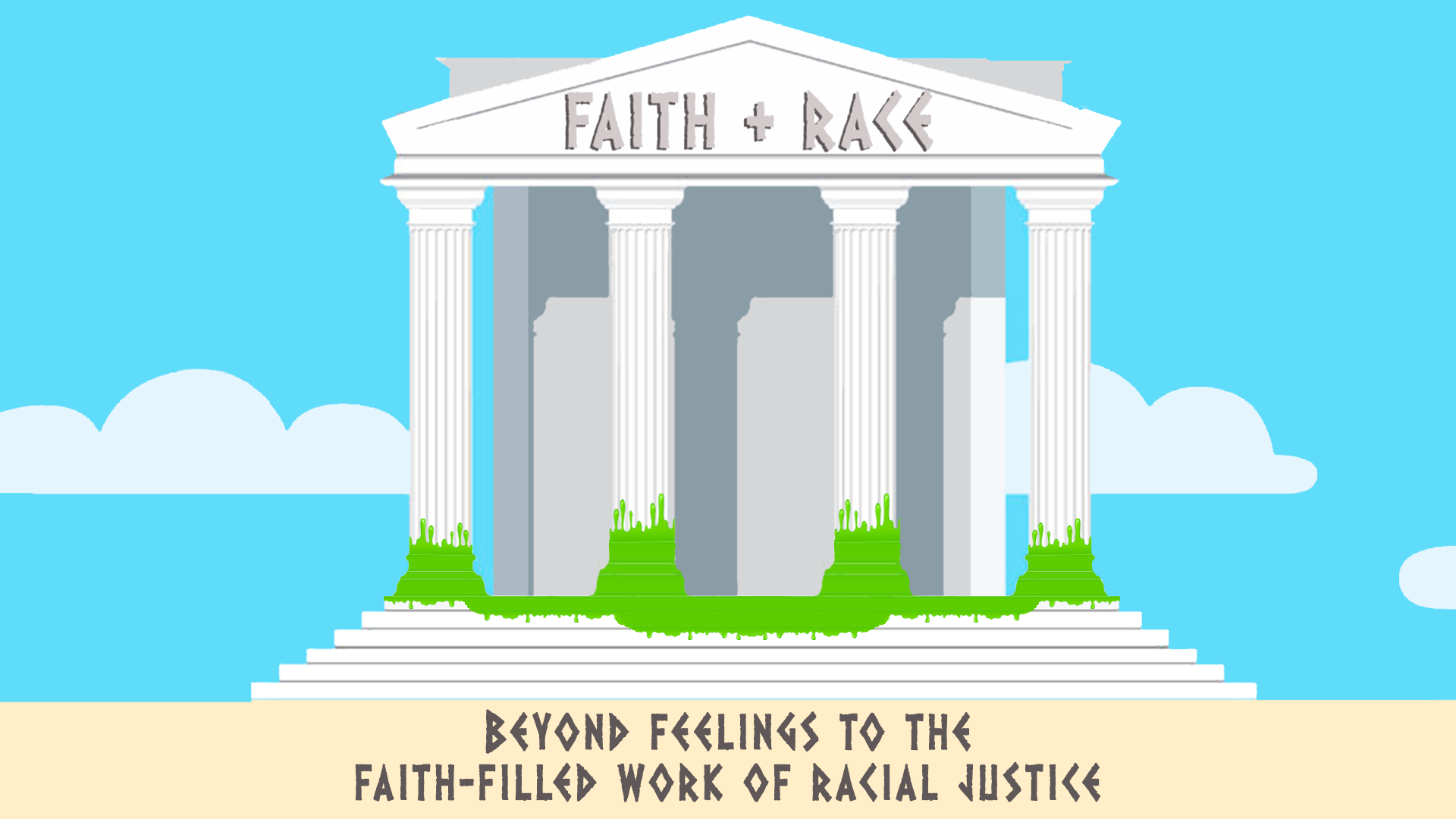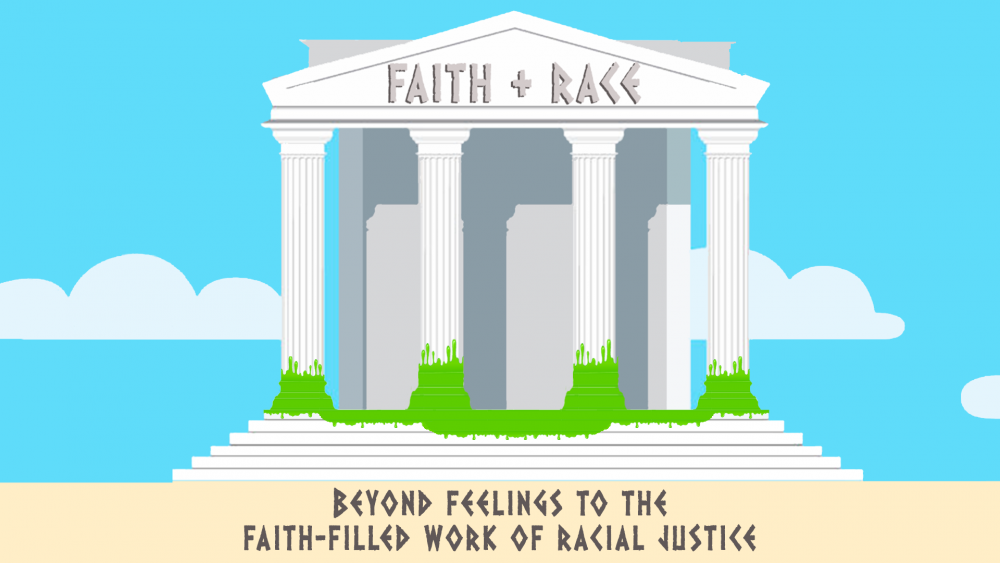JR. Forasteros - September 13, 2020
Arenas: Redlining
More From "Faith & Race"
Powered by Series Engine
Catalyst is a church in the suburbs. In many ways, the space we call home has been shaped by America’s racialized history – a history most of us don’t even know.
Don’t believe me? Watch this:
How should a people of faith respond to the reality of redlining?


